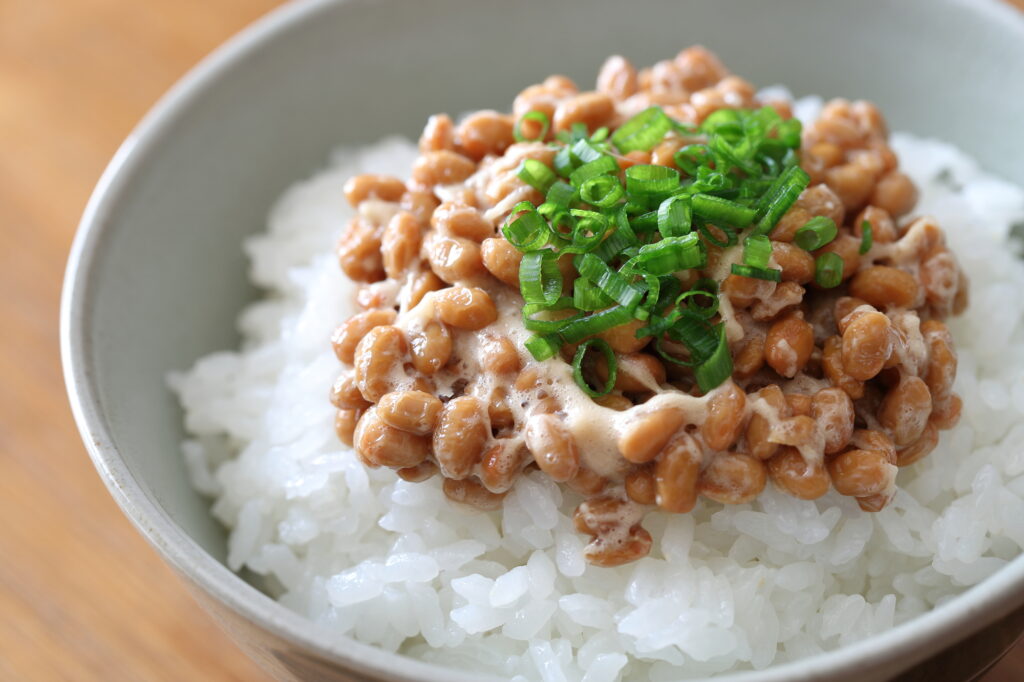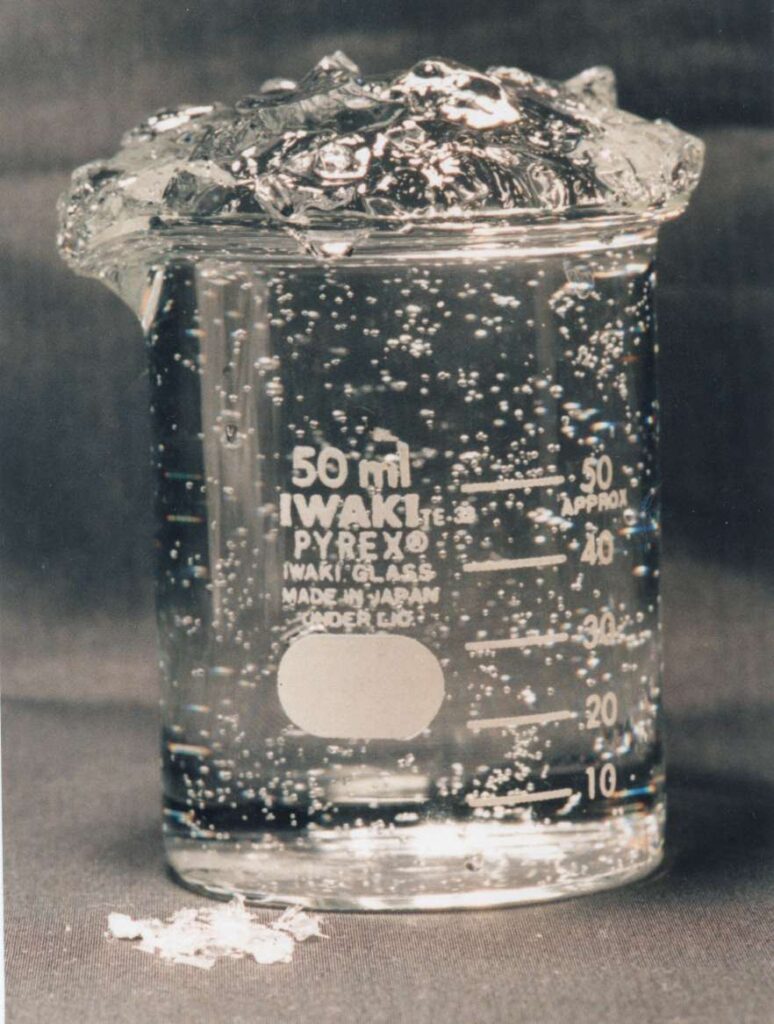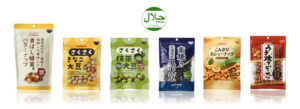Is NATTO the Saviour of Earth’s Water Crisis?

Products made from soybeans are vital in the Japanese food culture. Not only soy sauce, miso, but also natto (fermented soybeans), tofu, kinako (soybean flour), and many other soy-based foods have become part of the Japanese food culture. Becoming a valuable protein source for the Japanese.
Here’s what you can know about NATTO and Japanese technology!
Natto food culture is known to exist not just in Japan, but also in the mountainous areas of Southeast Asia. However, it has become widely established across the globe as an image of Japanese food culture.
The Japanese have been researching natto as a food and as one of the next generation functional resources. As a result, natto has been found to have the potential to be a saviour in the “Global Water Crisis”.
Natto‘s gooey texture: (1) has excellent water-absorbing and water-retaining properties, (2) helps purify sewage due to its unparalleled coagulation ability in water. Products that utilize these functions have already been developed.

(1) Excellent water absorbency
By irradiating natto threads (polyglutamic acid) with gamma rays, natto resin can be produced. Natto resin can absorb 5,000 times its own weight in water. Once it contains water, it doesn’t evaporate easily. It is also a 100% natural material, a “new green plastic” that can decompose into carbon dioxide and water by microorganisms in soil.
Now, Japan succeeded in developing an edible container. These properties of natto resin are used for baby diapers/nappies, face packs and desert greenings.
2) Cohesiveness in water
Nippon Poly-Glu Co., Ltd. developed and commercialized PGα21Ca, a water purification agent using natto‘s gooey-sticky component. When PGα21Ca added to sewage water and stirred, PGα21Ca coagulates the sludge in the water. The sludge clumps (known as Floc) can then be easily removed from the water, resulting hygienic water.
Water purification system placed in Bangladesh (ENG sub)
So far, clean-sanitary water has been supplied to more than 5 million people worldwide, including Bangladesh, Somalia, Tanzania, Ethiopia, Kenya, and Thailand.
In the Sustainable Development Goals (SDGs) set by the United Nations, securing clean-sanitary water is said to become more and more crucial in the near future.
Hopes are high that combining the potential of natto with new technologies will lead to a solution to this issue.
Groovy Japan introduces Japanese products and services for the Islamic market in English and Japanese.
Follow us on our social media and keep up-to-date with the latest news.


